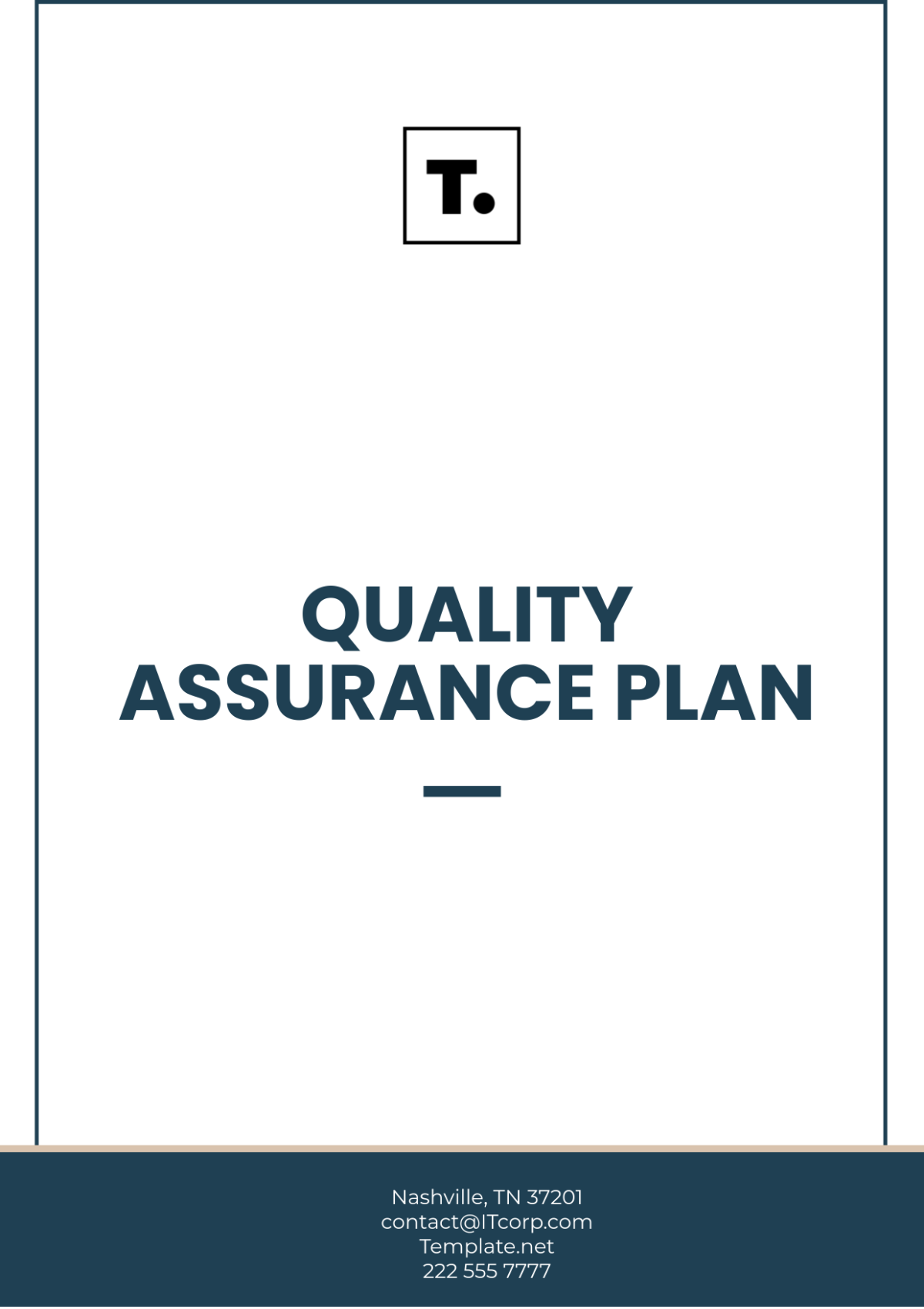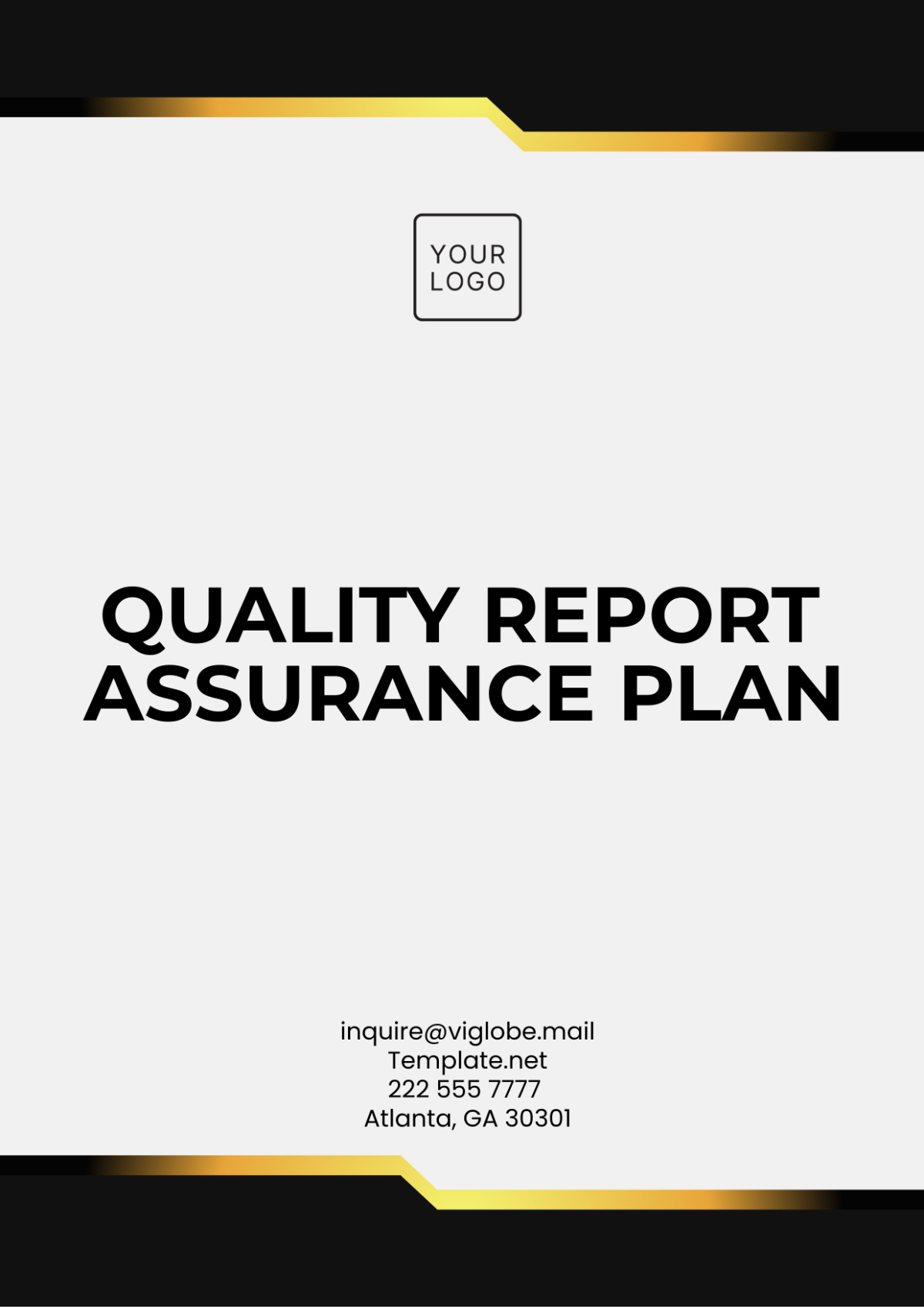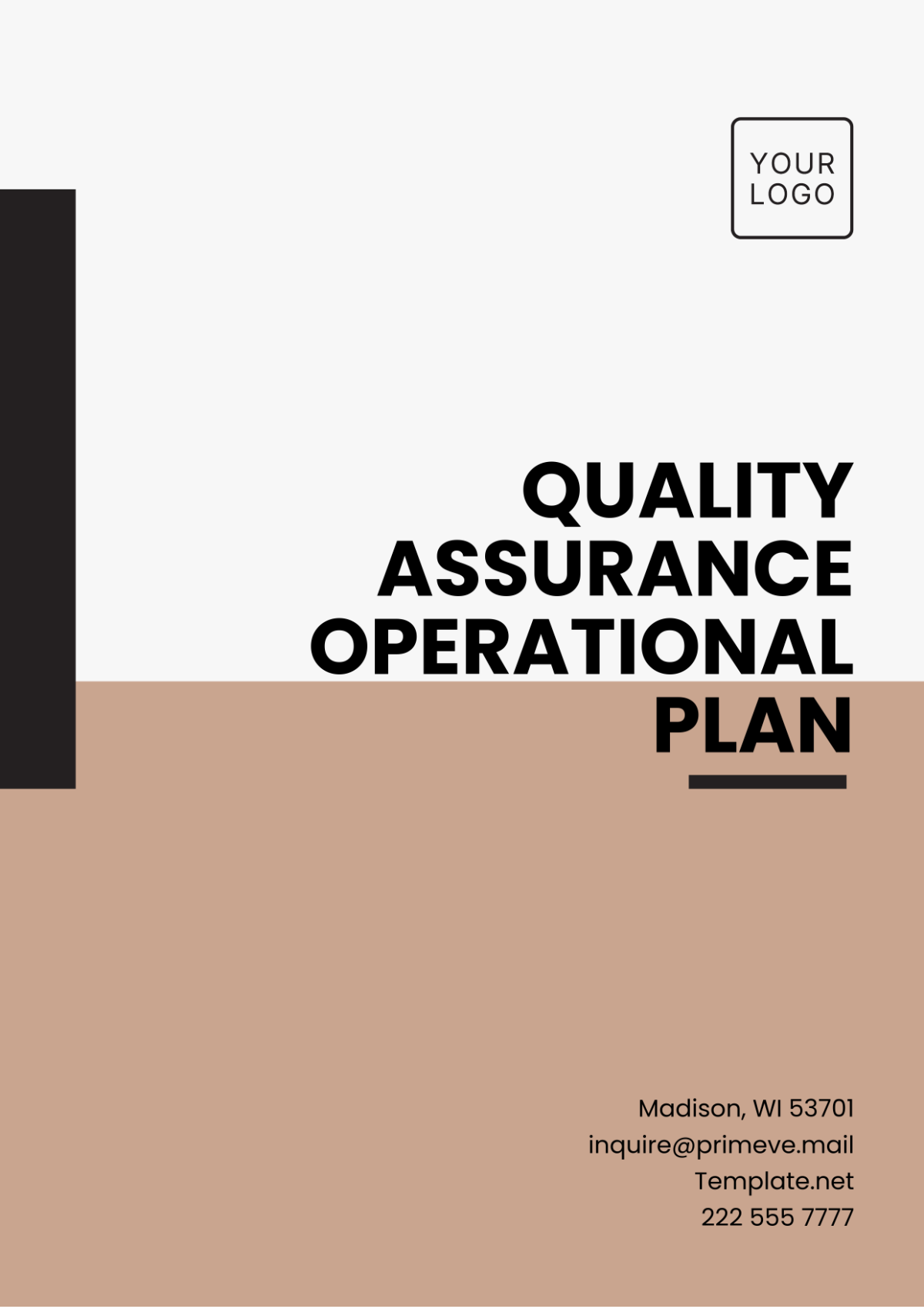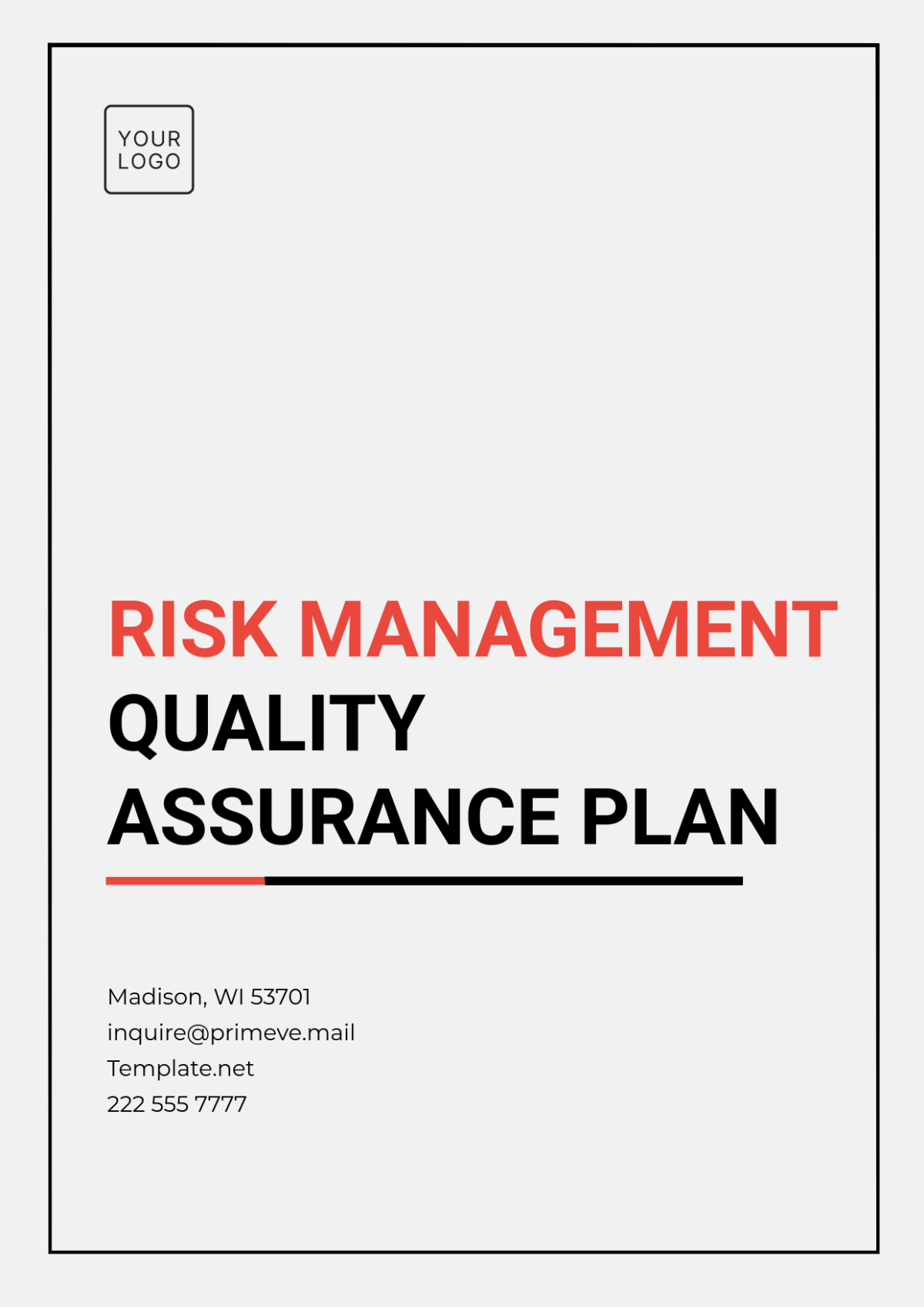Sample Project Quality Assurance Plan
1. Project Overview
Project Name: | Website Development Project |
Project Manager: | [Your Name] |
Start Date: | January 15, 2055 |
End Date: | June 30, 2055 |
Version: | 1.0 |
Date of Issue: | January 10, 2055 |
1.1 Purpose
The purpose of this Quality Assurance Plan (QAP) is to outline the strategies and processes that will ensure all deliverables for the Website Development Project meet the specified quality standards and stakeholder expectations. This plan provides a roadmap for quality assurance activities, defines roles and responsibilities, and establishes procedures for quality control and improvement.
1.2 Scope
This QAP applies to all phases of the Website Development Project, including planning, execution, monitoring, and closure. It covers all project deliverables, including website design, functionality, user interface, and user experience, and outlines the processes for quality assurance throughout the project lifecycle.
2. Quality Objectives
The following quality objectives have been established for the project:
Ensure that all website deliverables meet defined specifications and usability standards.
Identify and mitigate quality-related risks throughout the project lifecycle.
Enhance customer satisfaction by delivering a high-quality and user-friendly website.
Foster continuous improvement through regular quality assessments and feedback loops.
3. Roles and Responsibilities
Role | Responsibilities |
|---|---|
Project Manager | Overall responsibility for project quality. |
Quality Assurance Manager | Develop and implement the QAP, and conduct audits. |
Web Developers | Adhere to coding standards and participate in reviews. |
UI/UX Designers | Ensure design adheres to usability and accessibility standards. |
Stakeholders | Provide feedback and ensure their requirements are met. |
4. Quality Assurance Processes
4.1 Quality Planning
Define quality standards and metrics for website functionality, design, and performance.
Develop a detailed schedule for quality assurance activities, including design reviews, code audits, and user testing.
Identify required resources, tools, and techniques for quality assurance, such as automated testing tools and usability testing platforms.
4.2 Quality Control
Inspections: Conduct regular inspections of design prototypes and website functionality to ensure compliance with quality standards.
Testing: Implement testing protocols for usability, performance, and security, including functional testing and user acceptance testing (UAT).
Review Meetings: Hold bi-weekly review meetings with the project team to assess progress and address quality issues.
4.3 Quality Improvement
Collect and analyze data on user feedback and testing metrics throughout the project.
Implement corrective actions for identified issues and document lessons learned.
Facilitate continuous improvement through team feedback and process adjustments.
5. Quality Assurance Activities
5.1 Scheduled Quality Audits
Audit Activity | Frequency | Responsible Party |
|---|---|---|
Design Review Meeting | Bi-weekly | Project Manager |
Code Inspection | Monthly | Quality Assurance Manager |
User Acceptance Testing | At project milestones | Project Team |
5.2 Training and Awareness
Conduct training sessions for project team members on quality assurance processes and usability standards.
Provide resources and materials to ensure team members are aware of quality expectations, including coding standards and design guidelines.
6. Risk Management
6.1 Quality Risks
Risk Identification: Potential risks include inadequate user testing, resource limitations, and changing stakeholder requirements.
Risk Mitigation: Develop mitigation strategies such as conducting early and frequent user testing, ensuring proper resource allocation, and maintaining open communication with stakeholders.
6.2 Monitoring and Reporting
Establish a reporting mechanism for quality issues, including escalation procedures for unresolved issues.
Regularly monitor and review project quality metrics to ensure adherence to quality standards and timelines.
7. Documentation and Records
All quality assurance activities, including audits, inspections, and training, will be documented in the project records. Key documents include:
Quality Assurance Plan (this document)
Design Review Reports
Testing Plans and Results
Audit Reports
Training Materials
8. Conclusion
This Sample Project Quality Assurance Plan provides a framework for ensuring quality throughout the project lifecycle. Adhering to this plan will help achieve the project’s quality objectives, enhance stakeholder satisfaction, and facilitate continuous improvement.
Prepared by:
[Your Name]
[Your Company Name]
Email: [Your Email]
Phone: [Your Company Number]

























